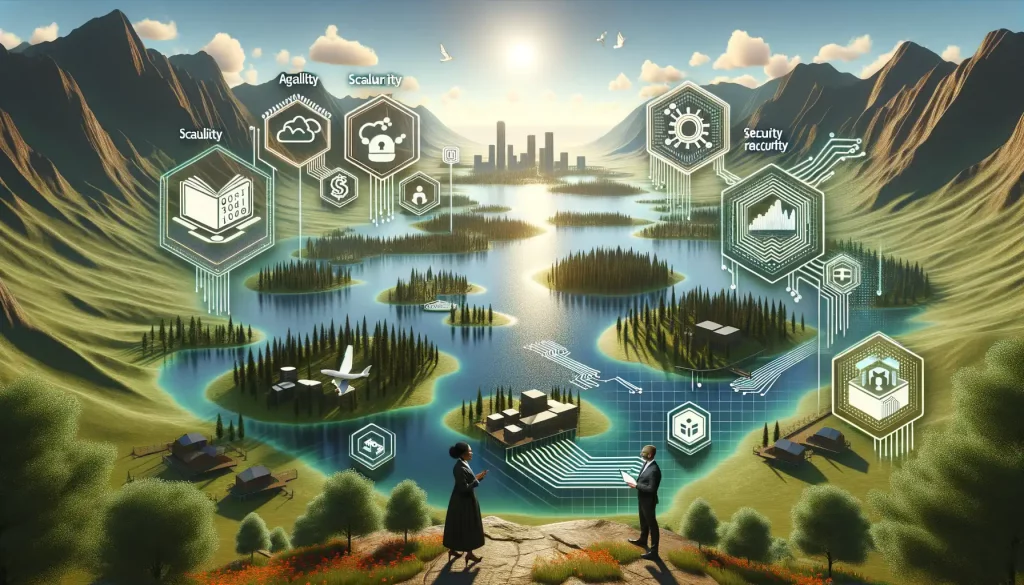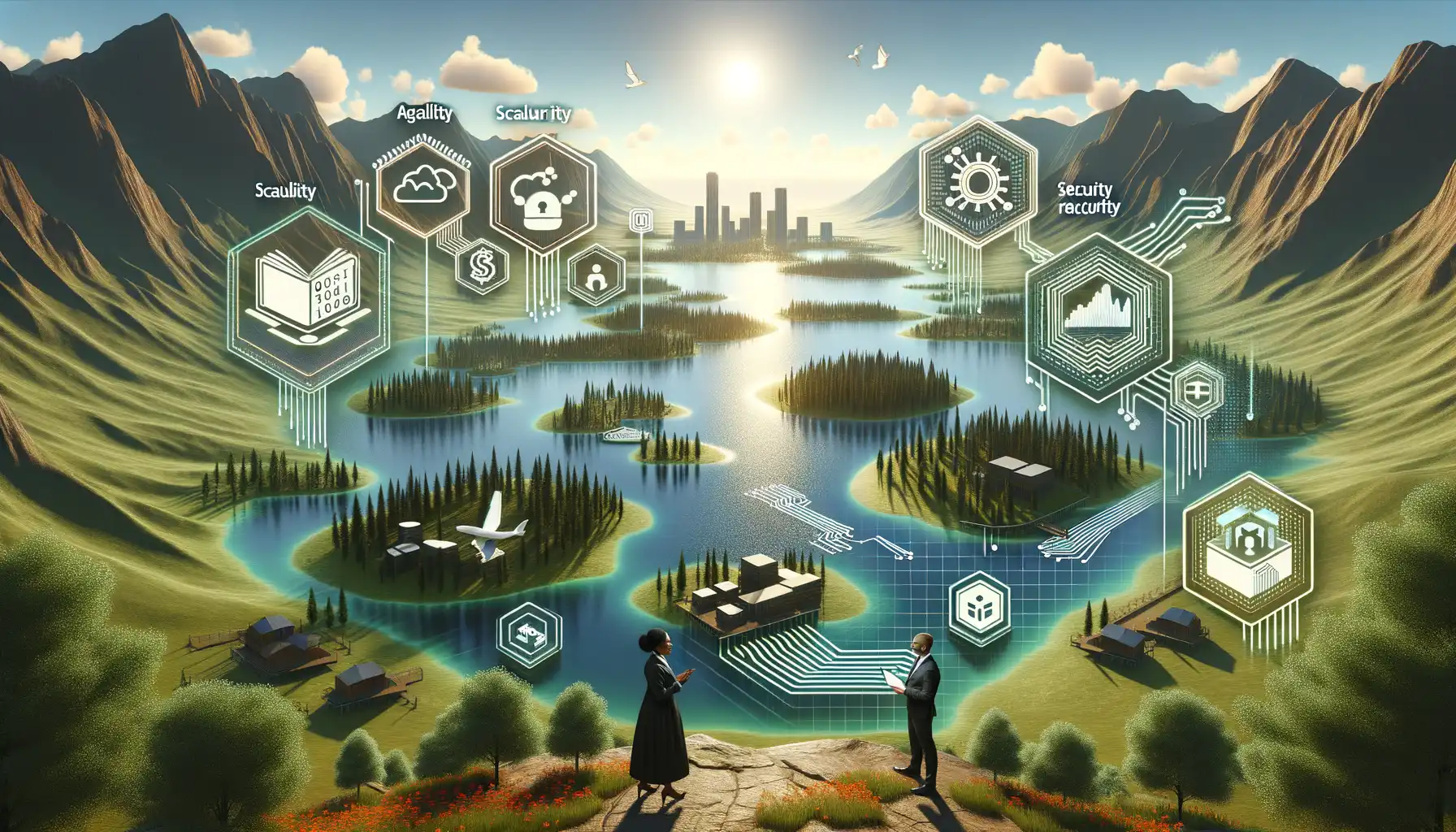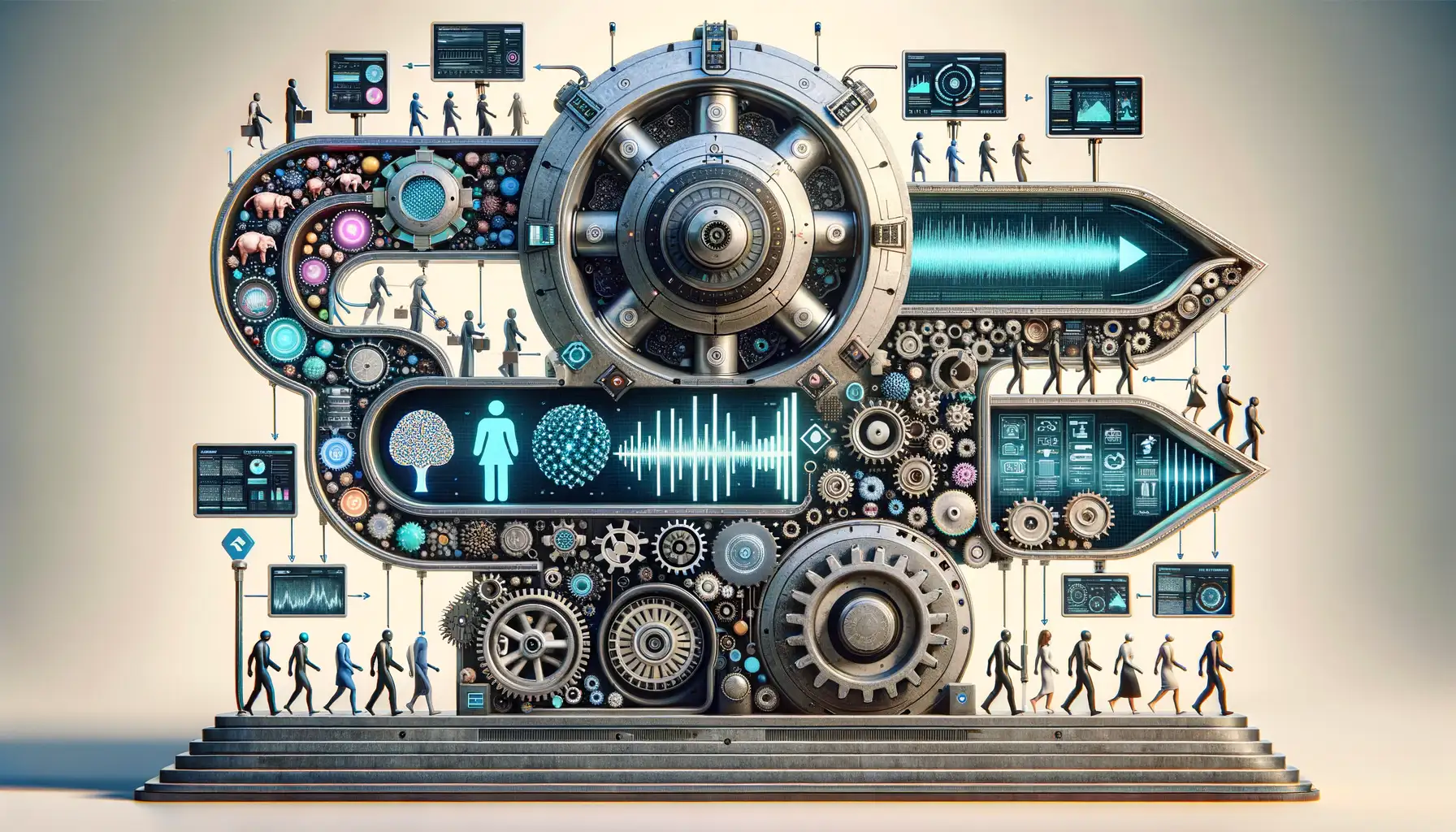Introduction to Drone Deliveries and Their Importance
Picture this: a package soaring through the sky, bypassing traffic jams, rugged terrain, and endless delays. It’s not sci-fi anymore—it’s the reality of drone deliveries, revolutionizing the way we connect with even the most isolated corners of the world. These flying marvels are about more than just convenience; they’re a lifeline, especially in areas where traditional delivery methods stumble.
The Power of a Sky-High Solution
In regions where roads are little more than dirt trails or long distances stretch endlessly, drones do what trucks and bikes simply can’t. Think of a child in a remote village waiting for medicine, or an emergency food shipment urgently needed after a natural disaster. Drones shrink the vastness of these challenges, offering precision and speed like no other.
And it’s not just emergencies. Imagine fresh produce reaching rural farmers or crucial documents arriving at a mountaintop settlement within minutes rather than days. Here’s what makes drones incredible game-changers:
- Speed: Cutting delivery times from days to hours.
- Access: Reaching places that no wheels or feet can.
- Sustainability: Reducing carbon footprints compared to fuel-based vehicles.
Turning Science Fiction Into Everyday Reality
What makes drones so mesmerizing isn’t just their flight—it’s how they bridge gaps. They’re no longer a luxury or a novelty. In some parts of the world, they’ve become everyday heroes, bringing necessities, hope, and possibilities on their tiny, buzzing wings.
Current Challenges in Delivering to Remote Areas

When the World Feels Far Away
Imagine living in a village cradled by mountains, where the nearest supermarket is a seven-hour trek, or a windswept island where supplies arrive—if you’re lucky—once a week by boat. Delivering essentials to these remote areas isn’t just tricky; it’s a tightrope walk between logistics and nature’s unpredictable whims.
Extreme weather plays a starring role in this challenge. How do you deliver food or medicine when sudden snowstorms bury roads or monsoon rains turn dirt paths into muddy death traps? Nature waits for no one, least of all a delivery truck.
And let’s talk about infrastructure, or lack thereof. Ever thought about delivering packages to places with no paved roads, crumbling bridges, or airstrips that look more like cow fields? Not to mention that fuel costs for vehicles skyrocket in these off-the-grid zones, making every drop precious and every trip costly.
- Humanitarian aid delays: In some cases, it’s life or death. Critical medicines often don’t make it on time.
- Communication barriers: Remote areas often lack reliable internet, making coordination a guessing game.
The bottom line? Reaching remote areas feels less like a delivery job and more like navigating an obstacle course designed by Mother Nature herself.
Benefits of Using Drones for Remote Deliveries
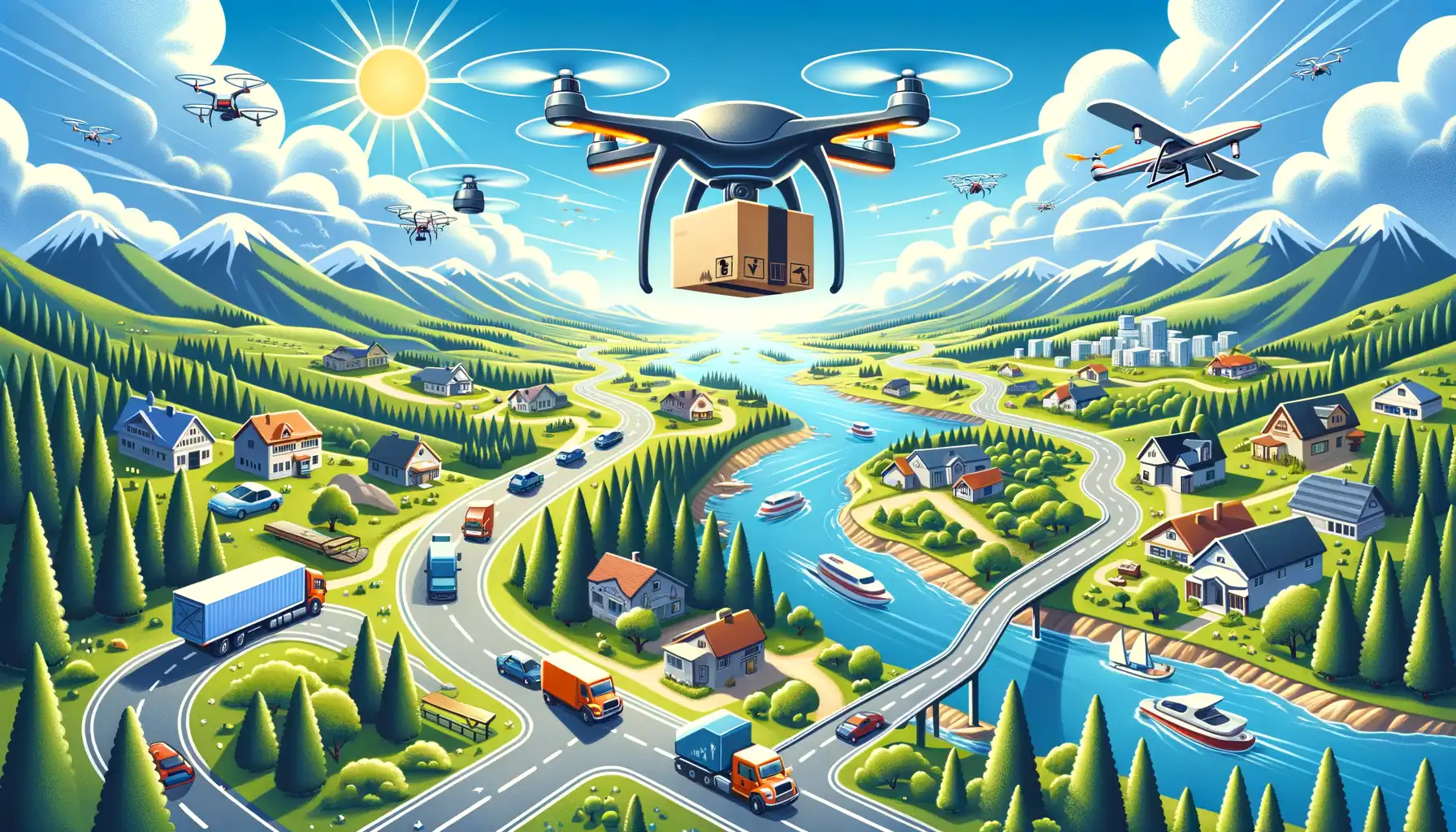
Breaking Down Barriers: Why Drones are a Game-Changer in Remote Deliveries
Imagine living in a secluded mountain village, where the nearest pharmacy is a grueling 50 miles away. Now picture a sleek drone soaring over rugged terrain and delivering critical medicine to your doorstep within minutes. Sounds like science fiction? It’s not—it’s the very real revolution drones are bringing to remote deliveries.
Drones don’t just deliver; they solve problems that humans and traditional transport often can’t. Think about extreme weather, washed-out roads, or areas so isolated they feel forgotten by modern logistics. No delivery truck? No problem! These flying wonders glide over obstacles like traffic jams or impassable terrain as if they weren’t even there.
- Speed: Faster than traditional delivery methods, drones shrink delivery times from hours to mere minutes.
- Accessibility: Reach hard-to-access places—mountainous villages, dense jungles, even disaster zones.
- Eco-Friendliness: Powered electrically, drones offer a greener alternative to noisy fuel-guzzling vehicles.
Beyond practicality, drones bring hope. They connect people to essentials—be it food, medicine, or even vaccines—bridging gaps we once thought were impossible to close. With every package dropped off, they’re redefining what “remote” really means.
Key Innovations Driving Drone Delivery Systems
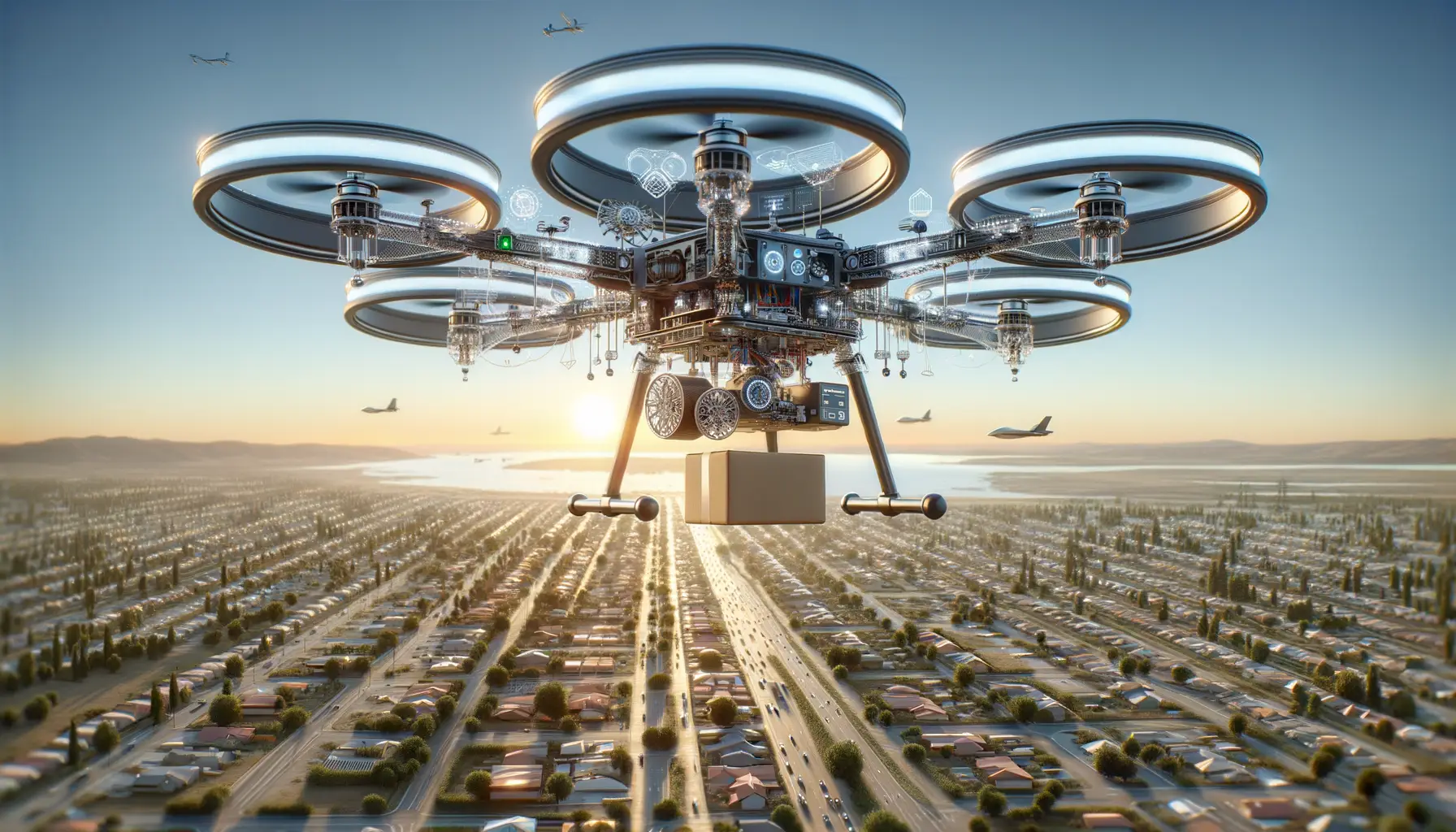
Cutting-Edge Technology: The Backbone of Drone Delivery
Imagine a world where packages land at your doorstep, guided by precise sensors and algorithms. This futuristic vision is made possible by breakthroughs like autonomous navigation. Today’s drones are equipped with AI-powered systems that let them adapt to unpredictable weather, dodge obstacles mid-air, and even map out terrain in real-time.
Another game-changer? Advanced battery technology. Once limited by short flight times, drones can now soar over mountains and dense forests for hours thanks to high-capacity and fast-charging batteries. It’s the kind of innovation that puts the impossible within grasp, especially in isolated regions.
Smart Design Meets Real-World Needs
When form meets function, magic happens. Drones today are crafted with lightweight yet durable materials, meaning they’re nimble but tough enough to handle rugged conditions. Some even feature modular designs, with swappable compartments that can carry fragile medicines or heavy supplies without breaking a sweat.
Here’s what’s really exciting:
- Swarm technology: Picture fleets of drones working as a synchronized team, delivering essentials faster than ever.
- Hybrid power sources: Combining solar panels with traditional batteries ensures uninterrupted delivery even in extreme environments.
These innovations aren’t just tech upgrades—they’re lifelines changing the way we reach the unreachable.
Future Prospects and Real-Life Applications
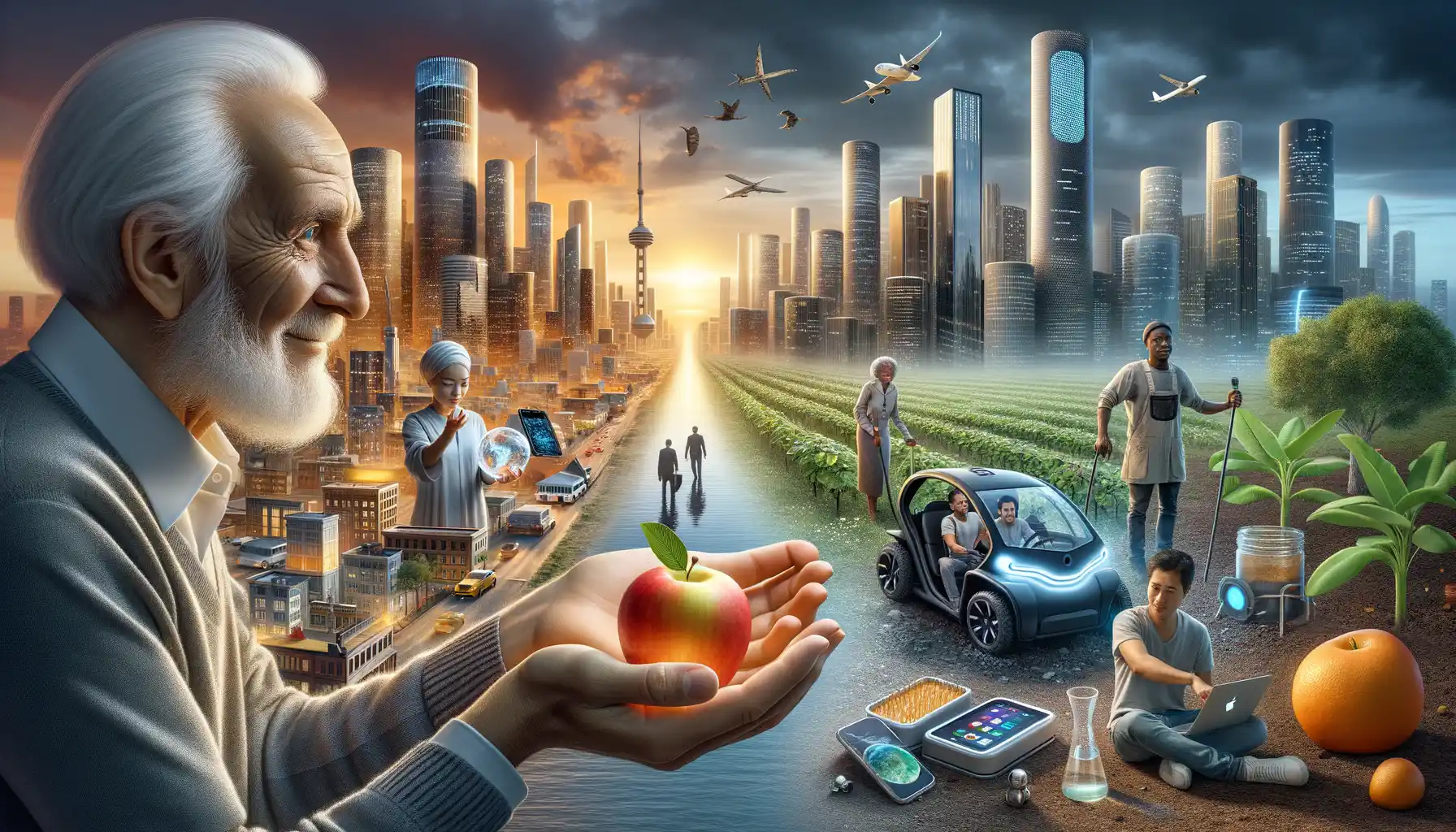
Imagine the Possibilities: Drones Transforming Lives
Picture this: a family living on a remote mountaintop, miles away from the nearest town. They need urgent medical supplies for a sick child. Without drones, they might wait hours—or days—for help to arrive. With *just a single drone flight*, life-saving medicines could be delivered in minutes. This isn’t science fiction; it’s happening today, and tomorrow? Tomorrow holds even more incredible opportunities.
From supporting disaster relief efforts after earthquakes to ensuring fresh produce reaches isolated villages, the future of drone deliveries feels like unlocking an entirely new dimension of logistics. One day, drones could revolutionize industries we haven’t even imagined yet.
- Healthcare: delivering vaccines to communities where roads don’t exist or are impassable.
- Emergency response: dropping critical tools like defibrillators right when lives hang in the balance.
- Agriculture: supplying farmers with specialized equipment, fertilizers, and pesticides in record time.
Let’s not forget everyday conveniences like fresh groceries or online orders reaching remote homes. The truth is, we’ve only begun to scratch the surface of what’s possible.

